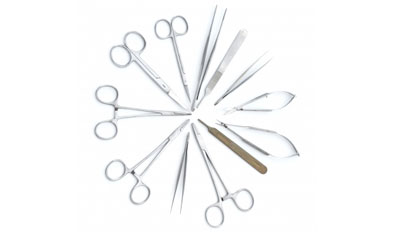No Needle, No Scalpel Vasectomy VS. A Traditional Vasectomy: What’s the Difference?

What occurs in a traditional vasectomy?
A traditional vasectomy requires that a surgeon use a scalpel to make incisions in order to expose the vas deferens tubes from each testicle. After exposure, the vas deferentia are then cut/tied or sometimes cauterized. After this, the tubes are returned and the incisions are stitched closed. This version of a vasectomy is typically performed in a doctor’s office under a local anesthetic and takes around thirty minutes to complete. Recovery time is dependent on the individual, but usually takes a few days for swelling and discomfort to reduce and for the patient to feel relatively normal.
What occurs in a No Needle, No Scalpel Vasectomy?
A no needle, no scalpel vasectomy differs from a traditional vasectomy in several ways. Firstly, while a traditional vasectomy requires that a local anesthetic be used via injection, a no needle approach delivers this same local anesthetic through a “hypospray” which provides the same effects as the traditional method, but without the need for an injection, which can be painful and a source of anxiety for some patients. Secondly, this approach to a vasectomy does not require an incision. Instead, a small clamp pokes through the skin and the procedure is performed via this opening. The no needle, no scalpel approach provides many benefits to vasectomy patients in that because it does not require an incision be made, patients face a recovery that has less complications (bruising, swelling, infection, etc.), less pain, and is faster.
Is the No Needle, No Scalpel vasectomy effective?
The No Needle, No Scalpel approach is just as effective as a traditional vasectomy. At The San Diego Vasectomy Center, this approach is recommended to all patients.
How much faster is the recovery time after a No Needle, No Scalpel Vasectomy?
The recovery time after this procedure can be up to 50% faster than a traditional vasectomy and is also performed in a shorter period of time – around 10 minutes usually as opposed to the 30 minutes it takes for a traditional vasectomy procedure. Most patients experience some discomfort, but this can be relieved through aspirin. In fact, post-procedure, most men have agreed that getting a tattoo is more painful the vasectomy itself and that as long as post-procedure directions are followed, they are able to return to their normal routines relatively quickly.


